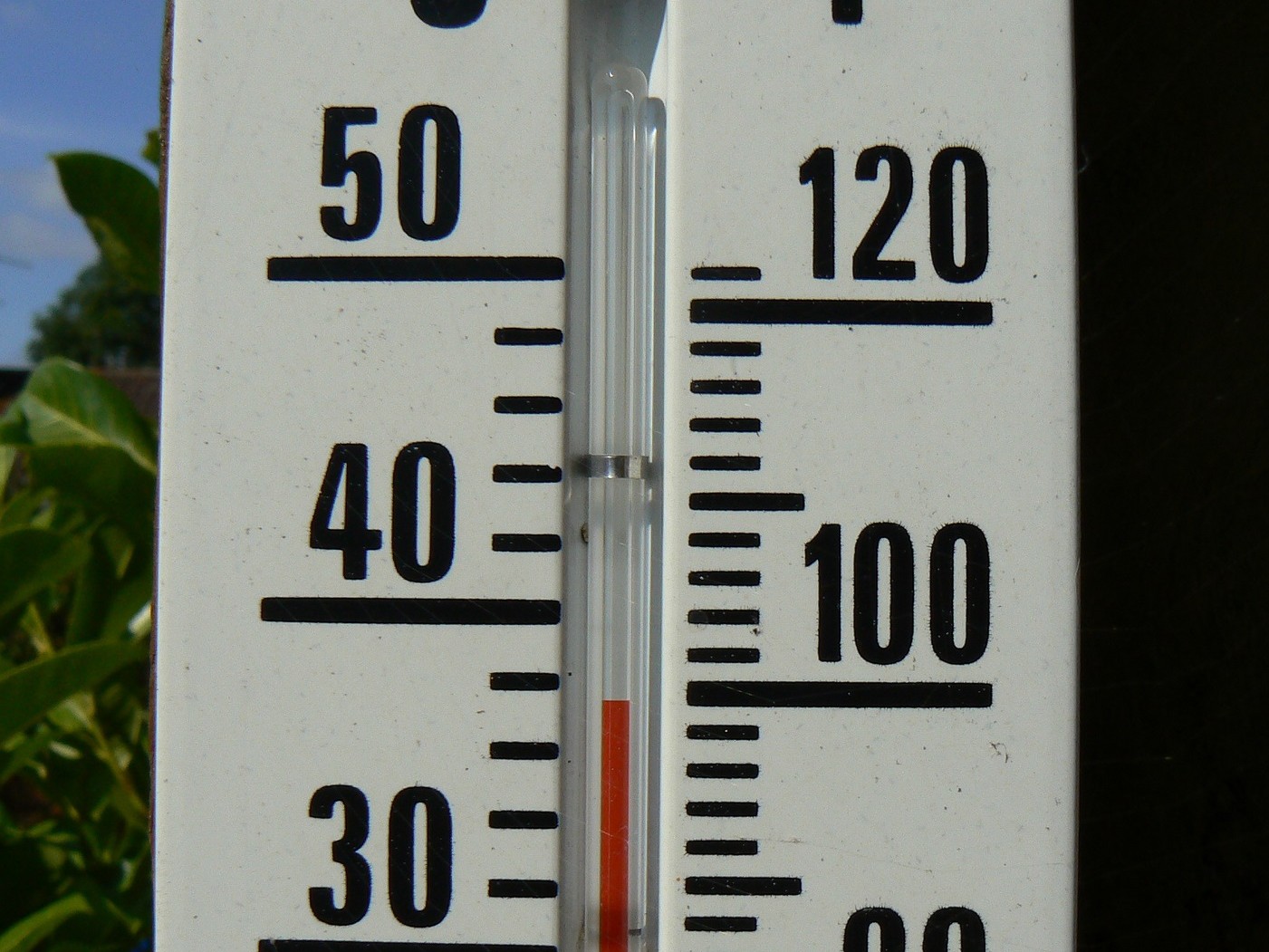Soaring summer heat is approaching, which is a serious hazard for our members working in the meatpacking, food processing, retail and cannabis industries. With a lack of a federal OSHA heat standard, the UFCW’s Occupational Safety and Health (OSH) Office is advising locals to advocate for and protect our members from the risk of heat illnesses this summer.

Why does heat safety matter? Every year, millions of workers in the United States are exposed to excessive heat while at work. Indoor and outdoor industries are at risk, including but not limited to construction, agriculture, food processing, iron and steel mills, and manufacturing.
In extremely hot conditions, the human body works hard to maintain a normal body temperature. But when the heat becomes too much for your system to handle, it can lead to the onset of heat-related illnesses such as heat cramps, heat exhaustion, and potentially fatal heat strokes.
What is a heat-related illness? A heat-related illness is an umbrella term used to describe negative symptoms or outcomes of occupational exposure to heat. It occurs when the body cannot efficiently cool itself. Workers who are exposed to prolonged heat without adequate hydration and cooling measures are at incredibly high risk.
Heat stroke occurs when the body can no longer regulate its temperature due to failing cooling mechanisms. This condition is extremely dangerous and can be fatal if you do not seek immediate medical attention. Key symptoms include a body temperature greater than 104 °F; hot, dry skin; an inability to sweat; altered mental status or confusion; slurred speech; and loss of consciousness. If someone begins showing signs of heat stroke, a quick response is critical and the following steps should be taken:
1. Call 911 immediately.
2. Move the worker to cool area and remove any unnecessary clothing.
3. Cool the worker as quickly as possible (cold water/ ice bath, wet the skin, soak clothing with cool water, wet rag or towel around their neck).
4. Stay with the worker until emergency medical personnel arrive.
Heat exhaustion occurs when the body starts to overheat but has not reached heat stroke status quite yet. Its onset may be gradual or sudden and can progress to heat stroke if not properly treated. Key symptoms include headache, nausea, dizziness, thirst, excessive sweating, and a body temperature between 101 and 104 °F. If a worker begins showing signs of heat stroke, follow these steps:
1. Transport the worker to a clinic or emergency room for treatment. If medical care is not available, call 911 and stay with the worker until emergency medical personnel arrive.
2. Move the worker to a cool area and remove unnecessary clothing to help cool their body temperature.
3. Give the worker cool liquids to drink and encourage them to take frequent sips.
4. Apply a cold compress to the head, neck and/or face to cool them down.
Heat cramps are brief, painful muscle spasms that happen when someone experiences electrolyte loss and dehydration. Symptoms include muscle spasms, or involuntary jerking movements accompanied with pain. If a worker begins experiencing heat cramps, the following steps should be taken:
1. Give the worker water or a sports drink and a snack every 15 to 20 minutes to replace lost electrolytes and carbohydrates.
2. If symptoms do not subside or become worse, call medical personnel. Workers who have chronic illnesses such as heart disease, diabetes, or asthma should also seek help from medical personnel, as their symptoms can be exacerbated.
Heat rash is the most common heat-related illness and presents as small red bumps or blisters. These blisters may appear in clusters on the chest, scalp, underneath breasts and in the groin area. Heat rashes can be addressed with the following steps:
1. Transfer the worker to a cool, dry environment.
2. Apply a rash powder to ease discomfort and keep the area dry.
3. Avoid ointments and creams, as they can make the rash worse.
How can workers be protected from heat-related illnesses? Employers must ensure that all employees have equitable access to:
– Proper acclimatization methods
– Adequate amounts of cool or cold drinking water
– Cool/shady rest areas for relief
– Bathrooms with adequate bathroom breaks
– Functioning cooling systems and general ventilation systems
– A written protocol for responding to heat-related medical emergencies
– Proper education and training on heat-related illnesses and how to recognize a medical emergency
What is heat acclimatization? Heat acclimatization is the process of easing the body into a hot environment. It can be compared to easing into a hot bath. Initially, the sudden temperature change feels intense, but as you settle in, the body adapts, and the heat becomes tolerable. Proper heat acclimatization is done by gradually increasing heat exposure over a seven to 14-day period. This practice allows the body to stabilize blood circulation, release sweat more efficiently, and reduce cardiovascular strain while performing tasks. It is an important aspect of protecting workers from heat-related illnesses.
Here are what some states are doing about excessive occupational heat:
California has a standard that requires employers to provide training, shade, water, and planning with a heat trigger of 80 °F.
Colorado has a standard that protects agricultural workers from excessive heat.
Maryland has implemented a new standard that requires employers to monitor and protect their employees in indoor and outdoor workplaces with a heat trigger of 80 °F.
Minnesota has a standard that applies to indoor places of employment.
Oregon has a comprehensive standard that applies to construction and forestry workers, as well.
Washington has a standard for general industry, agricultural workers, and firefighters.
For more information about heat and heat-related illnesses, contact the UFCW’s OSH Specialists Victoria Valentina at vvalentina@ufcw.org or Samara Moseley at smoseley@ufcw.org.
The Communications Department has created a heat safety social media toolkit for locals, which is available here.
